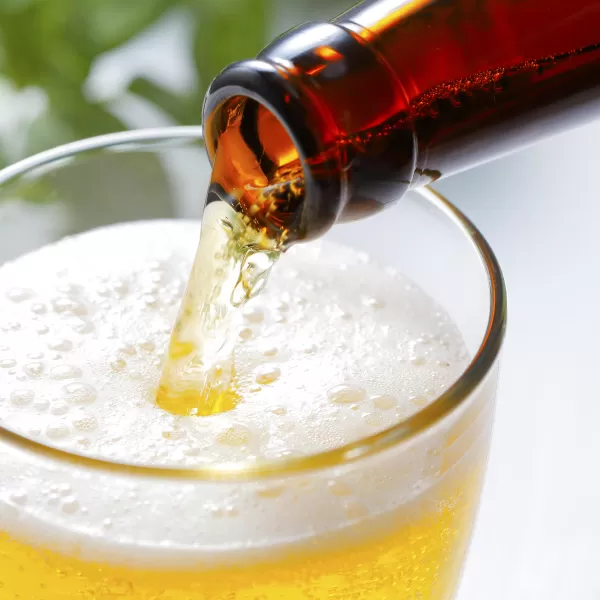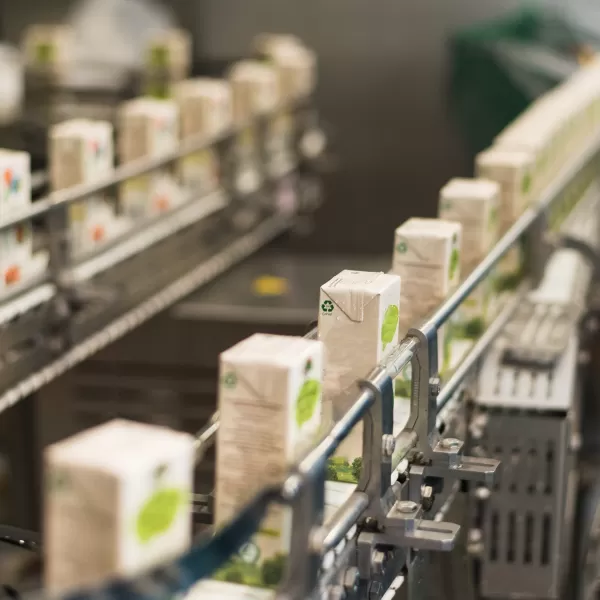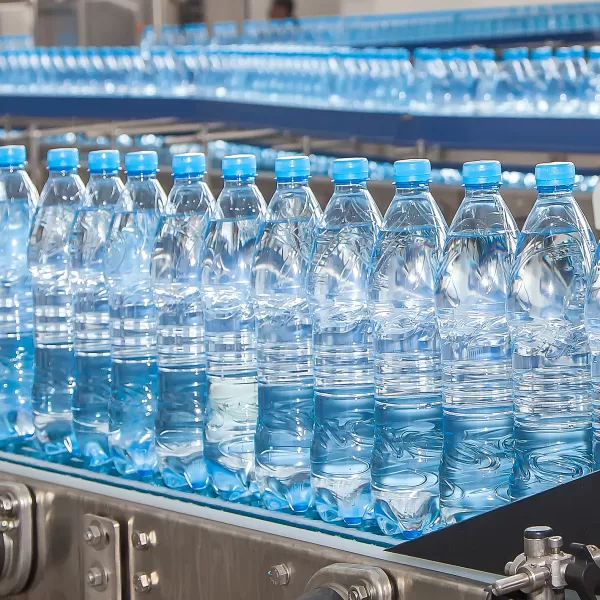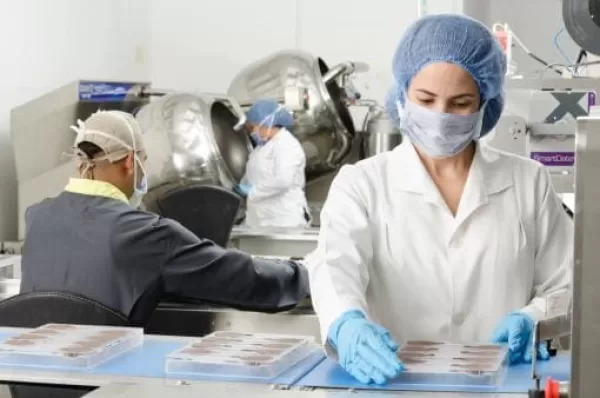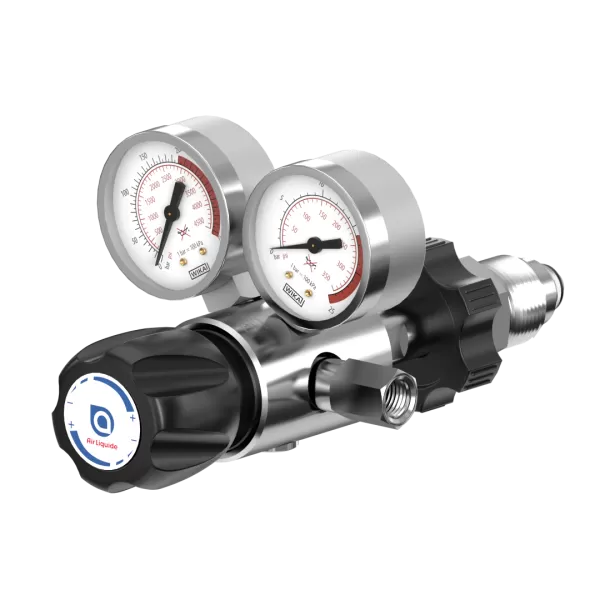Gas solutions for beverages
Carbonation
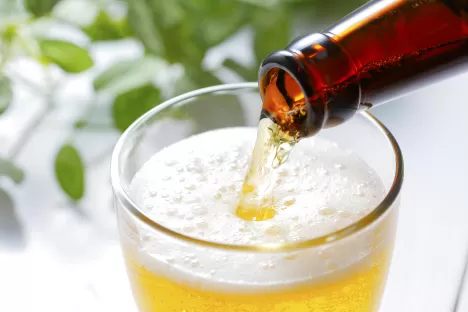
The right amount of carbonation in your drink is crucial to creating the perfect bubbles in everything from water, wine and soft drinks, to getting the right level of froth on a pint of beer. We carefully monitor our production of carbon dioxide and constantly work to optimise our processes. Everything to meet the requirements that apply to carbon dioxide classified for food and to meet our customers' expectations.
Carbonation takes place in beverage processing and bottling plants or directly at the point of consumption, such as in bars and fast food outlets.
Oxygen management
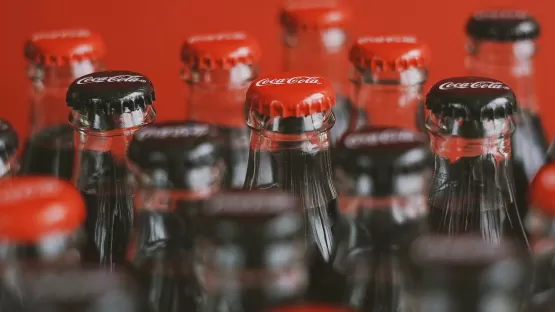
Air Liquide helps you with methods to remove oxygen from drinks (deoxygenation), which protects them from oxidation. Some drinks contain components that are very susceptible to oxidation, which means that color and taste can change during distribution. It has been proven that as little as 10 ppm of oxygen can cause changes. By sparging an inert gas through the beverage prior to storage and bottling, the residual oxygen in the beverage can be reduced to as little as 1 to 3 ppm, extending the shelf life of the beverage.
Inerting, blanketing and sparging
Air Liquide helps you choose a suitable method to avoid oxidation in your drink. Oxidation occurs when the empty space around a product contains moisture and oxygen, which has a negative effect on the product itself. Inerting, blanketing and sparging are the three most common ways to avoid oxidation by eliminating the oxygen in the air around the product. When replacing oxygen with nitrogen or argon, the void is filled with a dry and inert gas that protects the drink.
Dosing and purging
Air Liquide offers solutions for dosing and purging. Liquid nitrogen dosing is a unique process that helps preserve the quality of the beverage and also extends shelf life. Drops of liquid nitrogen are injected when filling bottles and cans to expel air and reduce the oxygen content of the liquid.
Pressurisation
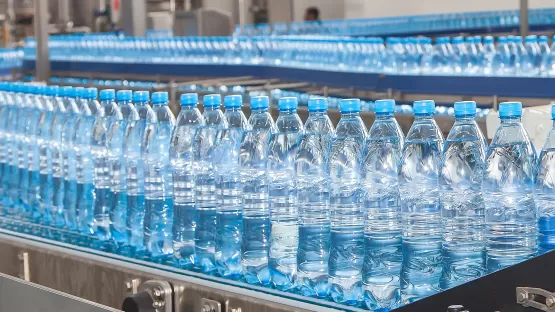
Air Liquide offers environmentally friendly and cost-effective systems for pressurizing beverage packaging, especially water bottles. If you increase the pressure in the bottle, it becomes much more stable when it is filled and closed. One pours a drop of liquid nitrogen into each bottle before filling water or another beverage on top of the liquid gas. The nitrogen vaporizes and expands approximately 700 times, creating an overpressure inside the bottle.
Do you have any questions about our gas and equipment solutions for beverages?
Please complete our contact form below and we'll come back to you as soon as possible.

